Which software is best for PCB?
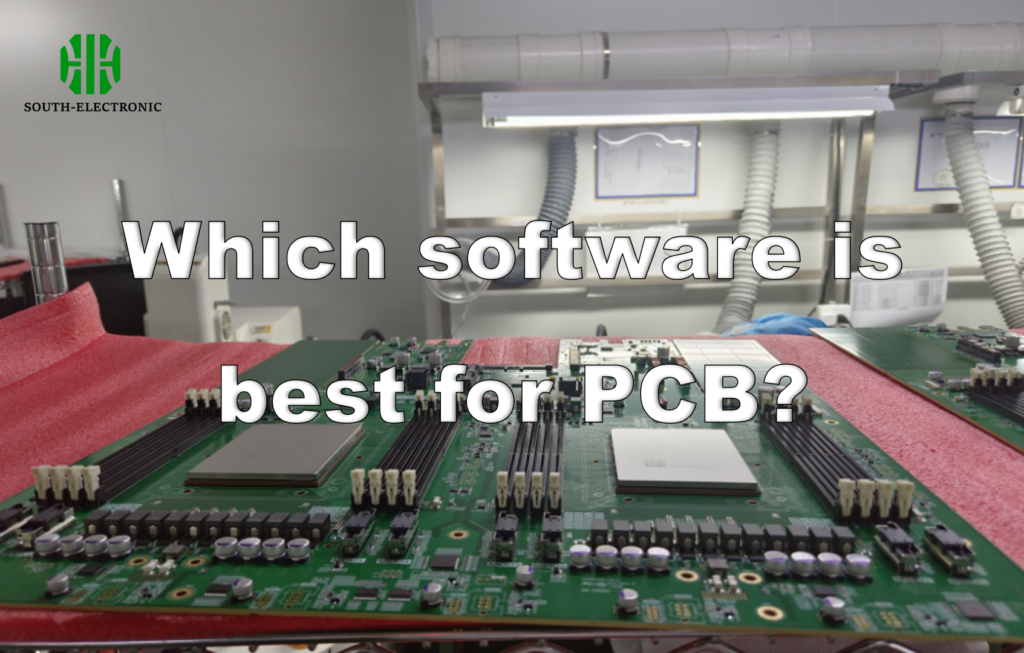
Compare PCB design software Altium (pro), KiCad (free), and EAGLE (mid-cost). Covers pricing, alternatives, Altium trials, and DFM production tips for creators and engineers.
7 Critical PCB Layout Rules Every Designer Must Know in 2025? Struggling with circuit board failures? In high-speed PCB design today, one mistake can mean costly redesigns. Follow these rules to avoid disaster. Thermal management, plane optimization, smart routing, strategic placement, early rule-setting, rigorous DRC checks, and signal integrity preservation form the core 7 rules. […]
How to design Multilayer PCBs?
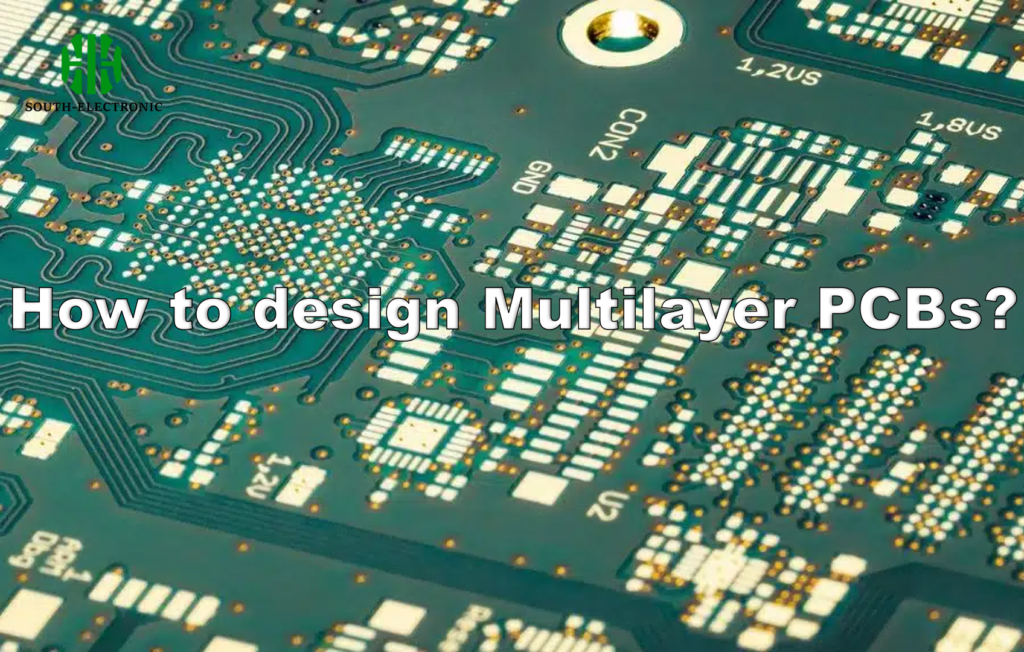
Master multilayer PCB stackup design, select high-frequency materials like Rogers RO4000, prevent defects via copper balance, and control costs with hybrid materials. DFM rules ensure reliability.
What is BGA used for?
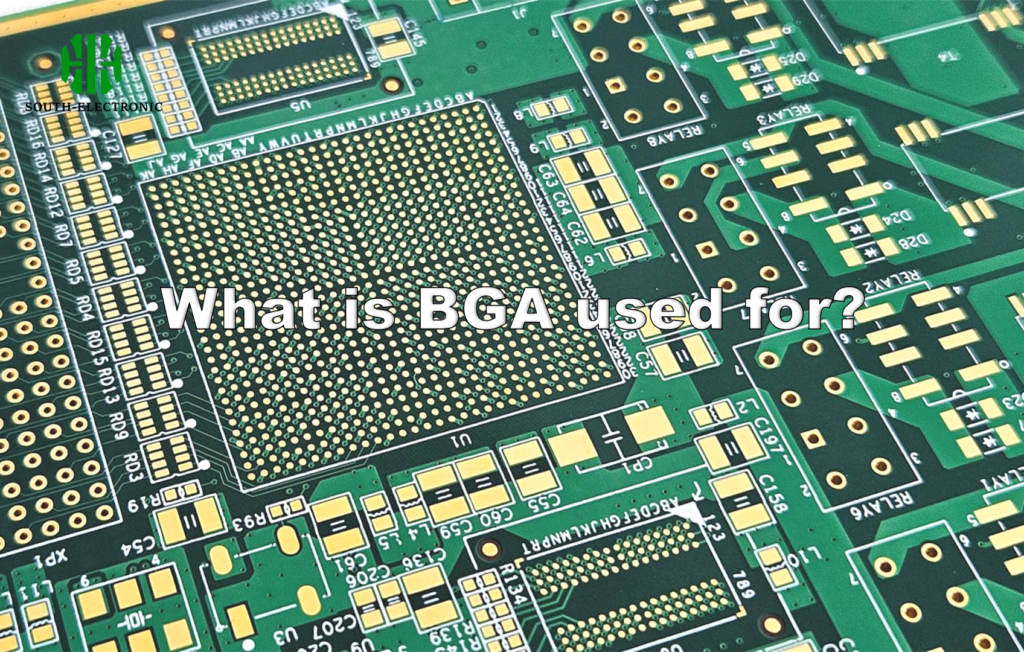
Learn BGA design essentials: pad alignment, thermal vias, and laminate selection. Compare BGA vs. QFN vs. LGA packages, master rework techniques, and optimize high-density PCB reliability.
What are common PCB laminate types?
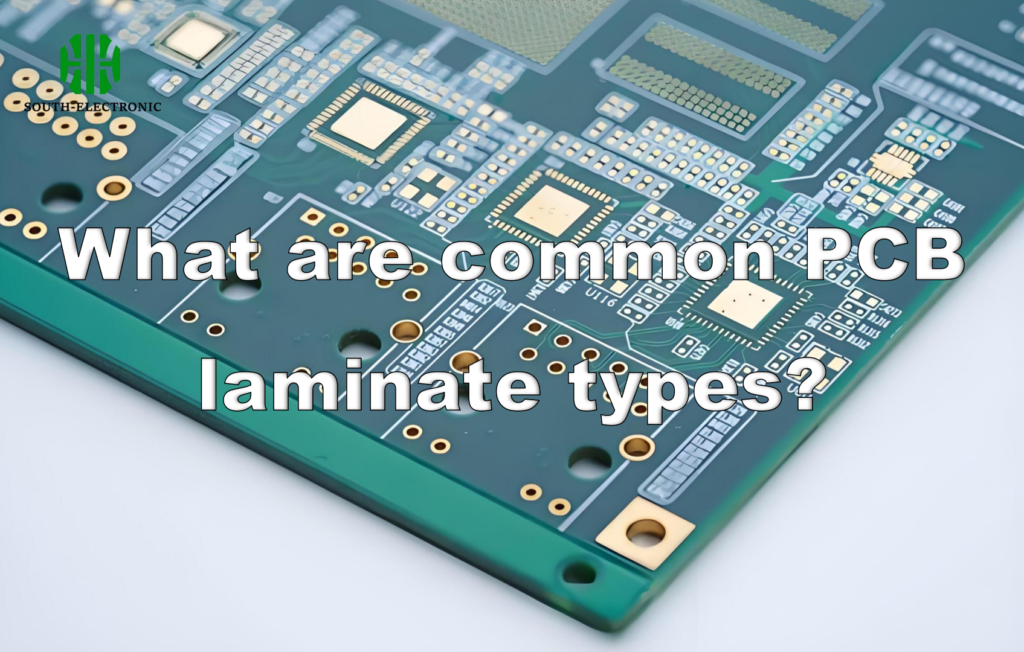
Master PCB laminate selection: avoid failures by understanding core vs laminate, key properties (dielectric constant, thermal), and cost factors. Choose FR-4, PTFE, or polyimide wisely.
What is the Manufacturing Process of Rigid PCB?
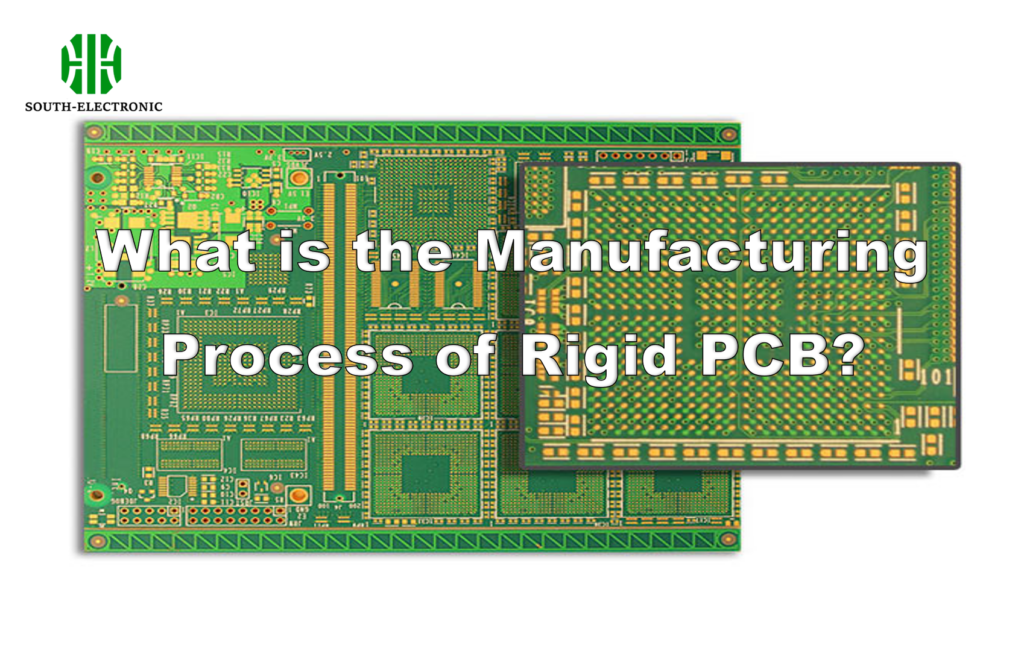
Rigid PCBs offer unmatched durability vs. flex circuits. Learn cost drivers like layer count/FR-4 grade, industry uses from medical to automotive, & how to select specs.
What defines a Heavy Copper PCB?
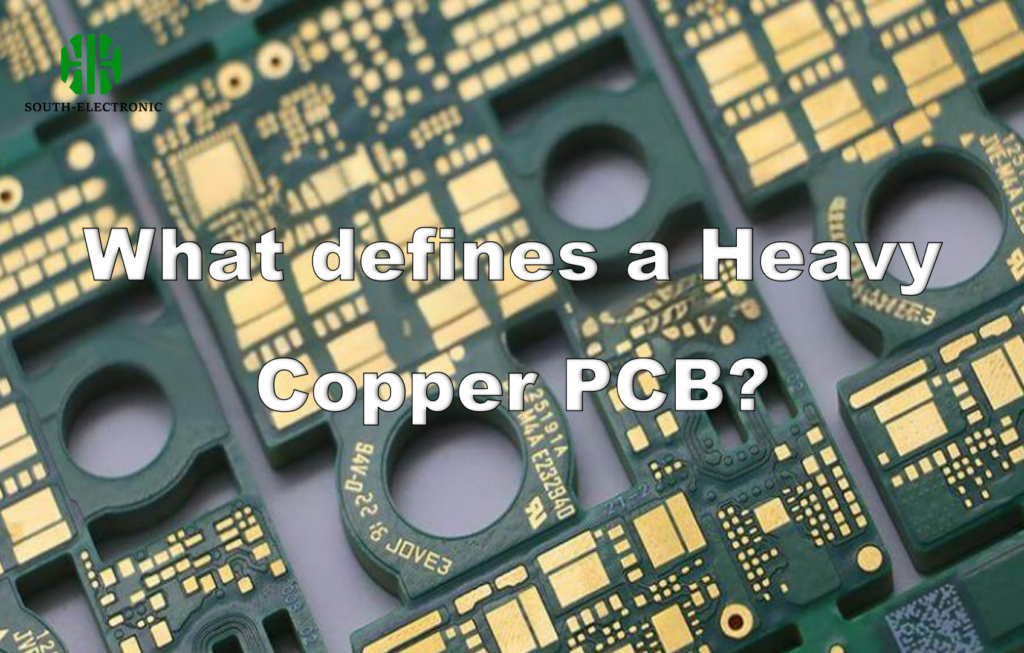
Heavy Copper PCBs use thick copper layers (3-20+ oz) for extreme currents, superior heat dissipation, and rugged durability in EVs/industrial systems. Design and manufacturing breakthroughs ensure reliability.
What is a PCB heatsink and how does it work?
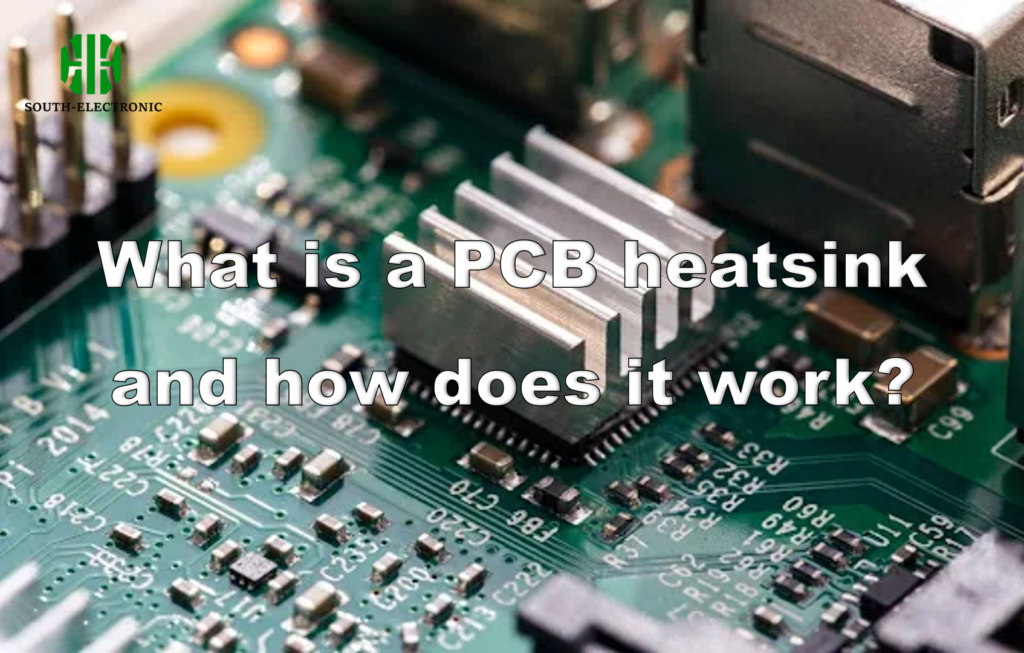
Prevent overheating & extend device life with proper PCB heatsinks. Learn selection criteria, passive vs. active cooling, maintenance tips, and material science to protect components from thermal damage.
1
Как заказать печатные платы в Китае в 2025 году?

Вы ищете надежного поставщика печатных плат в Китае, но опасаетесь сложностей с оплатой и логистикой? Процесс кажется запутанным, а риски — высокими. Заказать печатные платы в Китае в 2025 году просто. Вам нужно найти прямого производителя, предоставить ему файлы Gerber и договориться об оплате. Для российских клиентов существуют рабочие методы оплаты, такие как переводы в […]


